Reverse tray ceilings offer a striking architectural element that transforms ordinary rooms into sophisticated spaces with added depth and character. Unlike traditional tray ceilings where the center is raised, reverse designs feature a lowered central section that creates intimate ambiance while maintaining visual interest. These inverted ceiling treatments work exceptionally well in bedrooms, dining rooms, living areas, and kitchens where a cozy atmosphere is desired. From contemporary LED lighting installations to rustic wood beam treatments, reverse tray ceilings provide endless opportunities for customization. Whether incorporating modern materials like tin tiles and wallpaper or classic elements such as crown molding and painted finishes, these ceiling designs serve as dramatic focal points that enhance any room's aesthetic appeal and architectural sophistication.
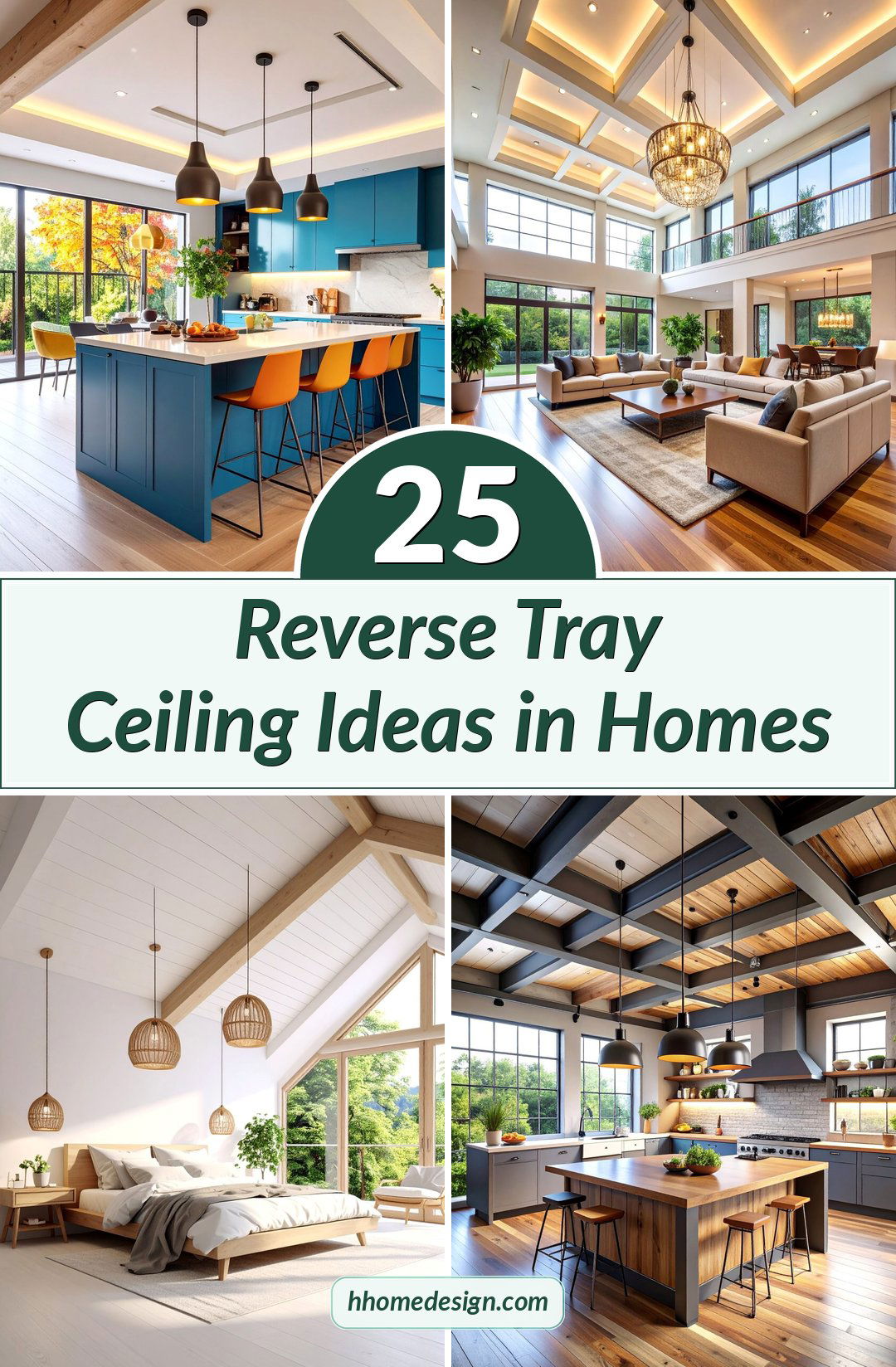
1. Contemporary Reverse Tray Ceiling with LED Strip Lighting

Modern homes benefit tremendously from sleek reverse tray ceiling designs featuring integrated LED strip lighting along the perimeter edges. This approach creates a floating effect where soft, ambient light emanates from hidden sources, casting a warm glow throughout the room. The clean lines of contemporary molding paired with neutral paint colors in whites, grays, or subtle beiges complement minimalist furniture and decor. LED technology allows for dimming capabilities and color temperature adjustments, making these ceilings perfect for creating different moods throughout the day. The lowered center section provides intimate scale while the sophisticated lighting design adds luxury and functionality to dining rooms, master bedrooms, or living spaces seeking modern elegance.
2. Rustic Wood Plank Reverse Tray Ceiling with Exposed Beams
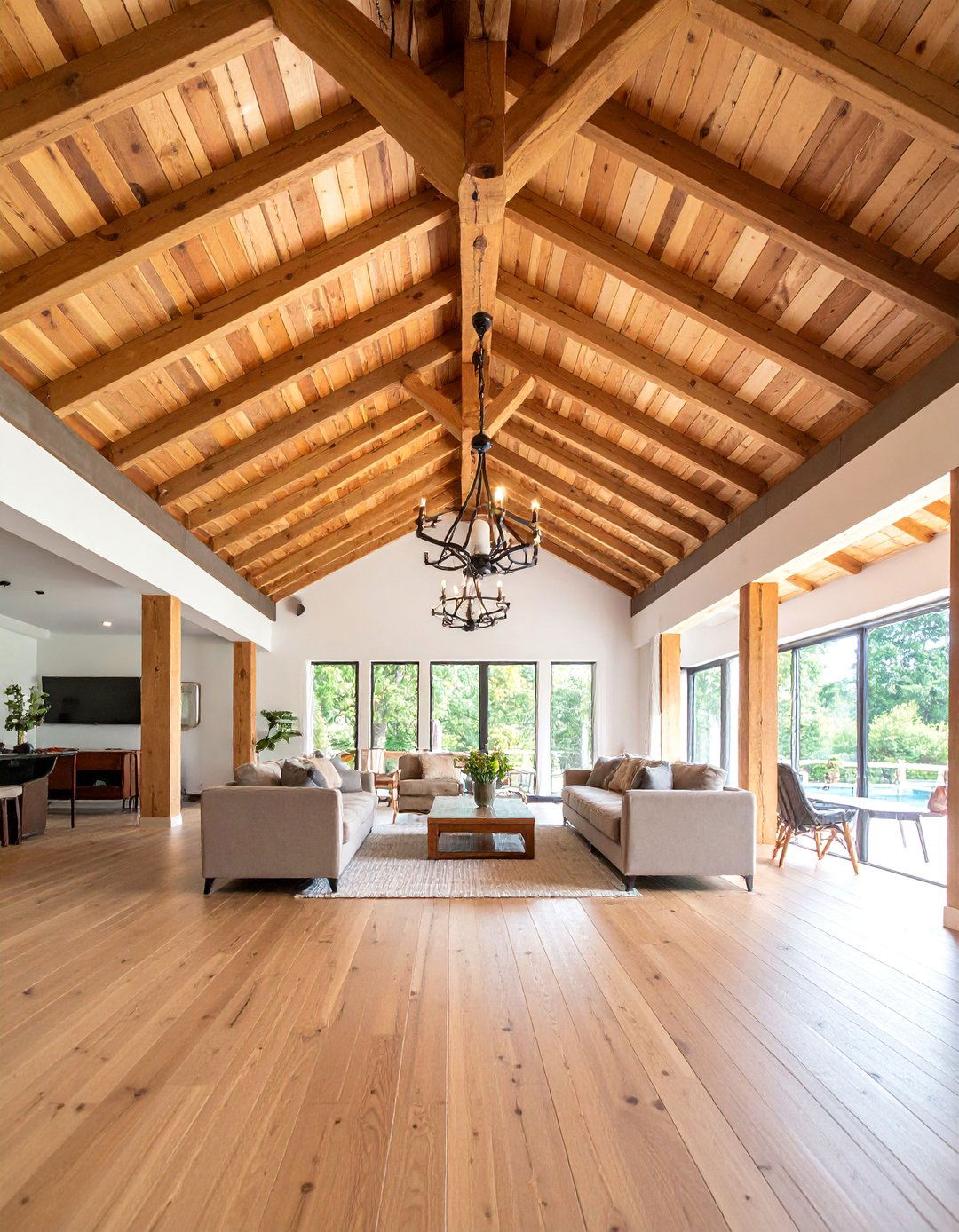
Natural wood elements bring warmth and character to reverse tray ceiling designs through the installation of reclaimed wood planks or shiplap materials. Exposed wooden beams frame the lowered section, creating authentic farmhouse or cabin-inspired aesthetics that complement rustic furniture and earth-tone color schemes. Stained wood finishes in rich walnut, weathered oak, or natural cedar tones add organic texture while maintaining the cozy atmosphere that reverse tray ceilings naturally provide. This design works exceptionally well in great rooms, dining areas, or master bedrooms where a connection to nature and traditional craftsmanship is desired. The combination of wood planks and structural beams creates architectural depth while supporting vintage-inspired lighting fixtures like wrought iron chandeliers or pendant lights.
3. Dramatic Dark Paint Reverse Tray Ceiling with Metallic Accents
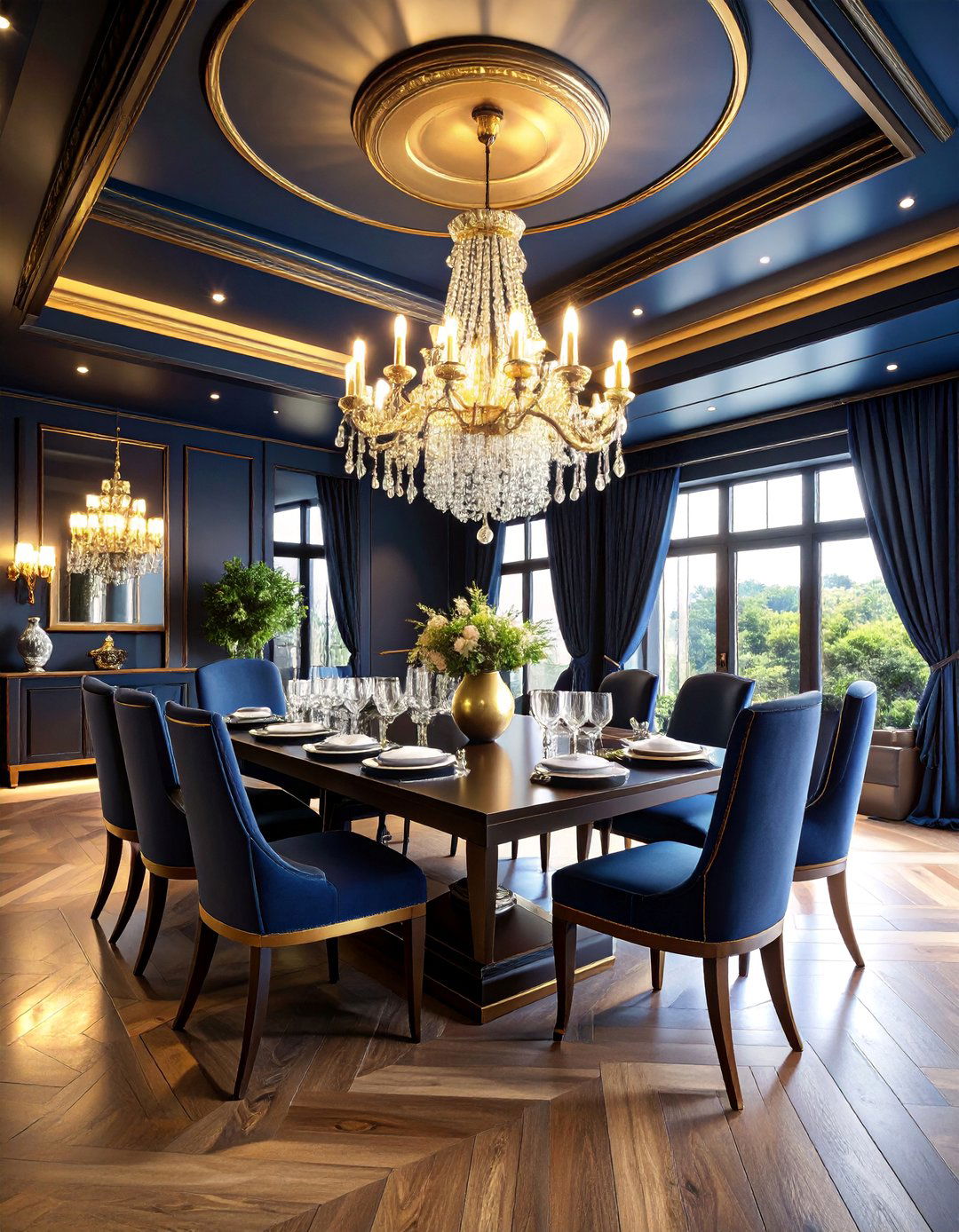
Bold color choices transform reverse tray ceilings into striking focal points through the use of deep, saturated paint colors like navy blue, charcoal gray, or rich burgundy. The lowered center section painted in dramatic hues creates visual weight and intimacy while contrasting beautifully with lighter perimeter areas. Metallic accents in gold, silver, or copper leafing along molding details add glamorous touches that reflect light and create sophisticated depth. This approach works particularly well in formal dining rooms, luxury master bedrooms, or entertainment spaces where dramatic impact is desired. The dark center draws the eye upward while metallic elements provide subtle sparkle that enhances both natural and artificial lighting throughout the space.
4. Shiplap Reverse Tray Ceiling with Coastal Blue Paint
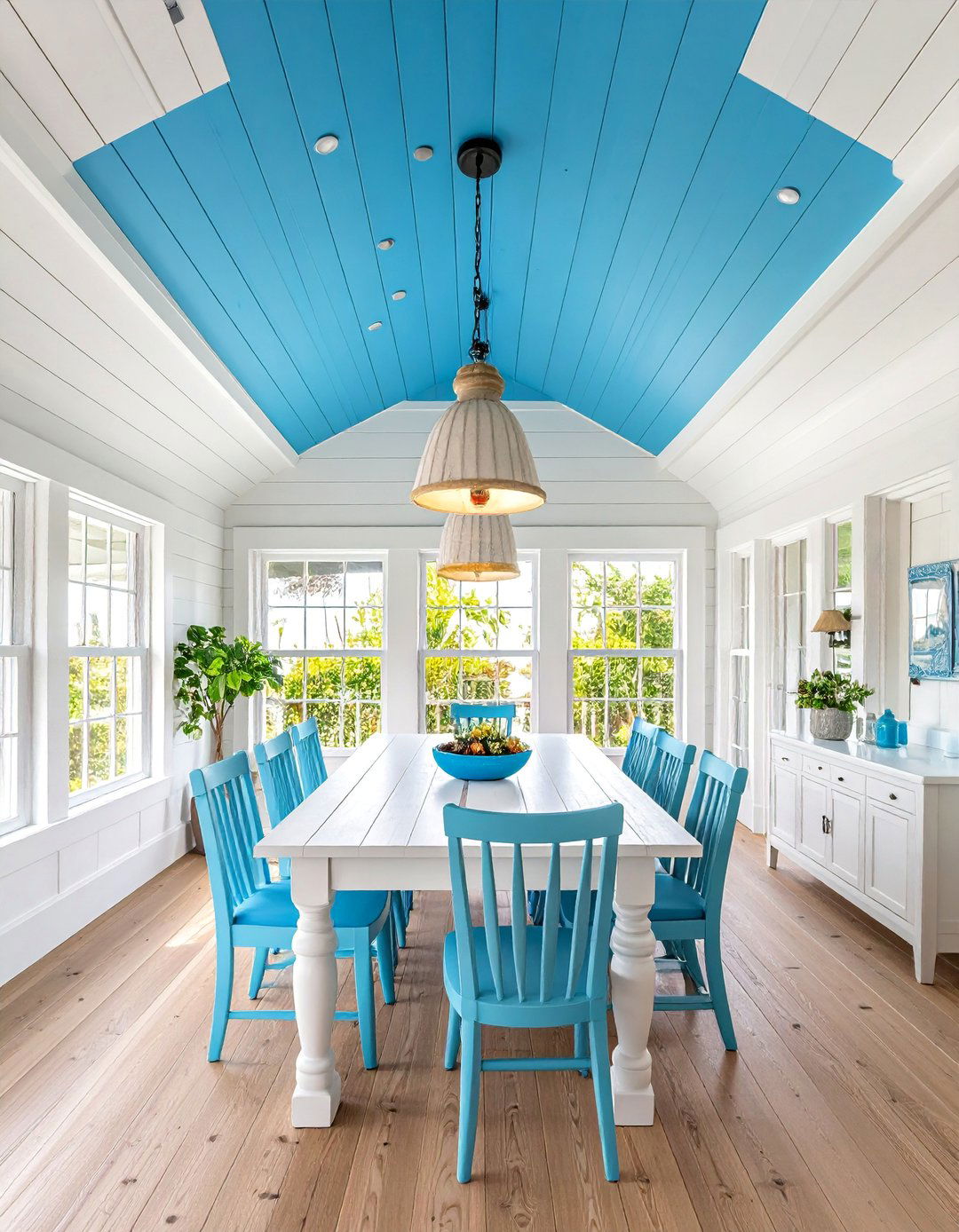
Coastal-inspired reverse tray ceiling designs incorporate white-painted shiplap planks with soft blue accent colors that evoke seaside tranquility and relaxed living. The horizontal wood planks add textural interest while the lowered center section painted in ocean-inspired blues creates a soothing focal point. White crown molding and trim work provide crisp contrast against the blue tones while maintaining the clean, casual aesthetic associated with beach house style. This design complements wicker furniture, natural fiber rugs, and nautical accessories while working beautifully in bedrooms, dining areas, or living rooms. The combination of wood texture and calming colors creates a retreat-like atmosphere perfect for relaxation and entertaining.
5. Ornate Crown Molding Reverse Tray Ceiling with Crystal Chandelier
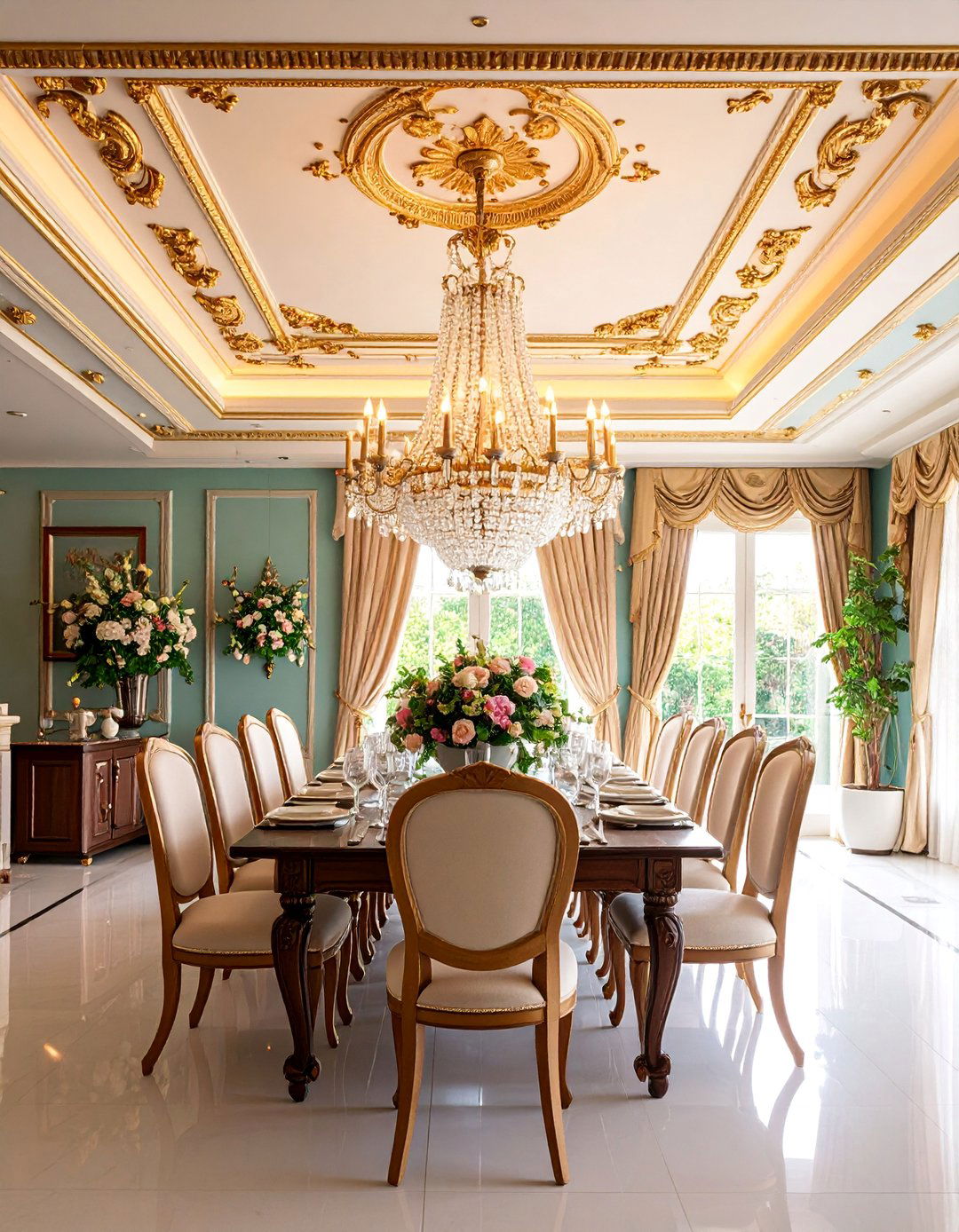
Traditional elegance emerges through elaborate crown molding designs that frame reverse tray ceiling installations with classical architectural details. Intricate molding profiles in crisp white or cream finishes create formal sophistication while the lowered center section provides the perfect backdrop for stunning crystal chandeliers or elegant pendant lighting fixtures. Multiple layers of trim work add dimensional interest while maintaining the refined aesthetic expected in formal dining rooms or master bedroom suites. The lowered ceiling height creates intimate scale for conversation areas while the ornate detailing demonstrates attention to craftsmanship and quality. This approach works exceptionally well with traditional furniture styles, rich fabrics, and classic color palettes in cream, gold, and deep jewel tones.
6. Industrial Style Reverse Tray Ceiling with Exposed Metal Framework

Urban loft aesthetics inspire reverse tray ceiling designs featuring exposed metal framework, steel beams, and industrial-inspired materials that celebrate raw architectural elements. The lowered center section incorporates metal grids or exposed ductwork while maintaining the industrial character through materials like corrugated metal panels or concrete-look finishes. Track lighting or pendant fixtures with metal shades complement the industrial theme while providing practical illumination. This design works exceptionally well in modern kitchens, home offices, or entertainment spaces where contemporary urban style is desired. The combination of metal elements and exposed structural components creates authentic industrial character while the reverse tray configuration maintains comfortable scale and visual interest throughout the space.
7. Wallpapered Reverse Tray Ceiling with Geometric Patterns

Contemporary wallpaper designs transform reverse tray ceilings into artistic focal points through bold geometric patterns, metallic textures, or dramatic botanical prints. The lowered center section provides the perfect canvas for statement wallpaper while the surrounding areas remain neutral to prevent visual overwhelm. Modern wallpaper options include grasscloth textures, metallic geometrics, or large-scale floral patterns that add personality and sophisticated style. This approach works beautifully in powder rooms, dining areas, or master bedrooms where decorative impact is desired. The reverse tray configuration creates natural boundaries for the wallpaper application while providing intimate scale that showcases the pattern effectively. Coordinating paint colors on the perimeter areas ensure cohesive design that feels intentional and professionally executed.
8. Coffered Reverse Tray Ceiling with Recessed Panel Details
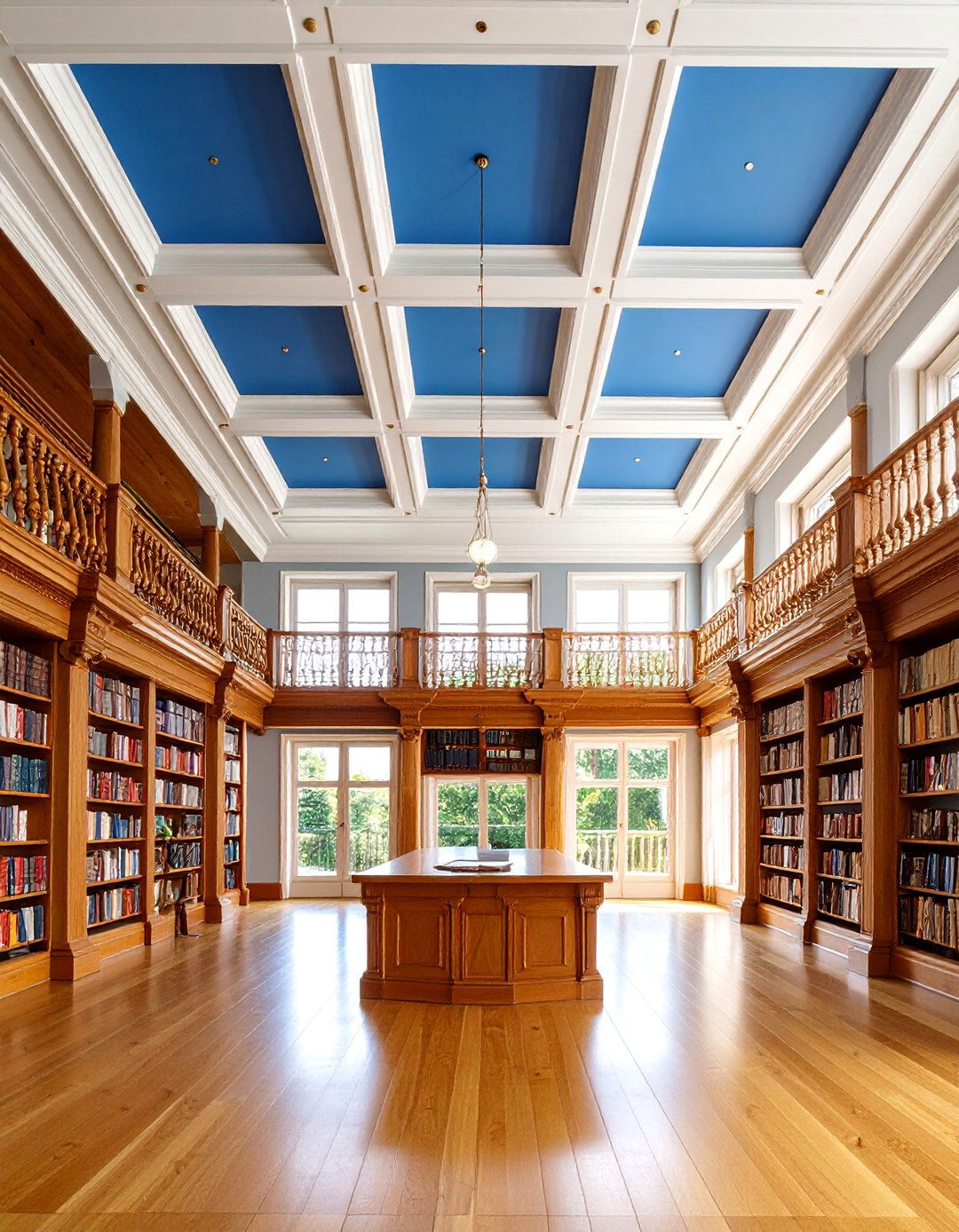
Architectural sophistication emerges through coffered reverse tray ceiling designs that incorporate recessed panels, intricate molding work, and classical proportions. The lowered center section features geometric panel configurations while detailed trim work creates shadow lines and dimensional interest. Traditional materials like painted wood or MDF panels provide crisp, clean lines while maintaining the formal character expected in library spaces, formal dining rooms, or executive home offices. Recessed lighting within individual panels provides even illumination while highlighting the architectural details. This design approach demonstrates attention to classical design principles while the reverse tray configuration creates comfortable scale for conversation and dining. The combination of geometric patterns and rich materials creates timeless elegance that complements traditional furniture and sophisticated color palettes.
9. Double-Height Reverse Tray Ceiling with Stepped Configuration

Dramatic architectural impact results from double-height reverse tray ceiling designs featuring multiple stepped levels that create cascading visual effects. The configuration includes several lowered sections at different heights, creating complex shadow patterns and dimensional interest throughout the space. This approach works exceptionally well in great rooms, formal living areas, or dining spaces with high ceilings where dramatic scale is desired. Multiple lighting options including cove lighting, recessed fixtures, and statement chandeliers can be incorporated at various levels to create layered illumination effects. The stepped configuration provides opportunities for different paint colors or materials at each level while maintaining cohesive design through consistent trim work and proportional relationships. This sophisticated approach creates architectural drama while maintaining intimate scale through the lowered sections.
10. Natural Wood Beam Reverse Tray Ceiling with Vaulted Accents
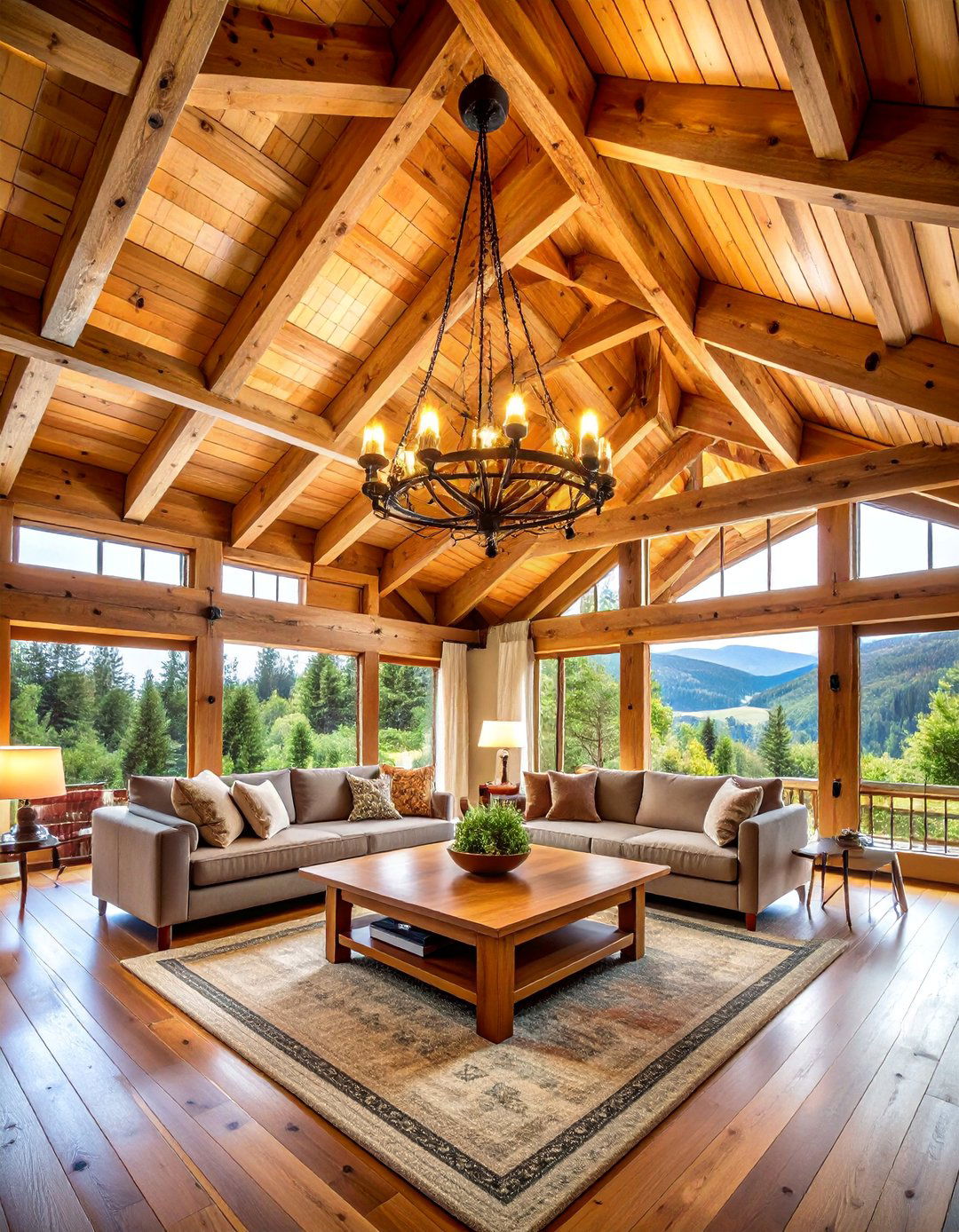
Rustic elegance combines beautifully in reverse tray ceiling designs featuring natural wood beams, vaulted configurations, and organic materials that celebrate traditional craftsmanship. Heavy timber beams frame the lowered center section while natural wood planks or tongue-and-groove boards provide textural richness. Stained finishes in honey oak, weathered pine, or rich walnut tones add warmth while complementing stone fireplaces, leather furniture, and earth-tone color schemes. This design works exceptionally well in great rooms, dining areas, or master bedrooms where connection to natural materials is desired. The combination of structural beams and vaulted elements creates authentic architectural character while the reverse tray configuration maintains comfortable scale. Wrought iron or antler chandeliers complement the rustic aesthetic while providing adequate illumination for daily activities.
11. Minimalist White Reverse Tray Ceiling with Clean Lines

Scandinavian-inspired design principles create serene reverse tray ceiling installations featuring crisp white paint, simple molding profiles, and uncluttered aesthetic approaches. The lowered center section maintains the same white finish as surrounding areas while subtle shadow lines provide definition and architectural interest. Clean, geometric molding with minimal ornamentation ensures the design remains timeless while supporting contemporary furniture and neutral color palettes. This approach works beautifully in bedrooms, dining areas, or living spaces where calm, organized environments are desired. Simple pendant lighting or flush-mount fixtures complement the minimalist aesthetic while providing practical illumination. The reverse tray configuration creates gentle intimacy without overwhelming the space while the all-white finish maximizes natural light reflection throughout the room.
12. Mediterranean Reverse Tray Ceiling with Terra Cotta Paint Accents
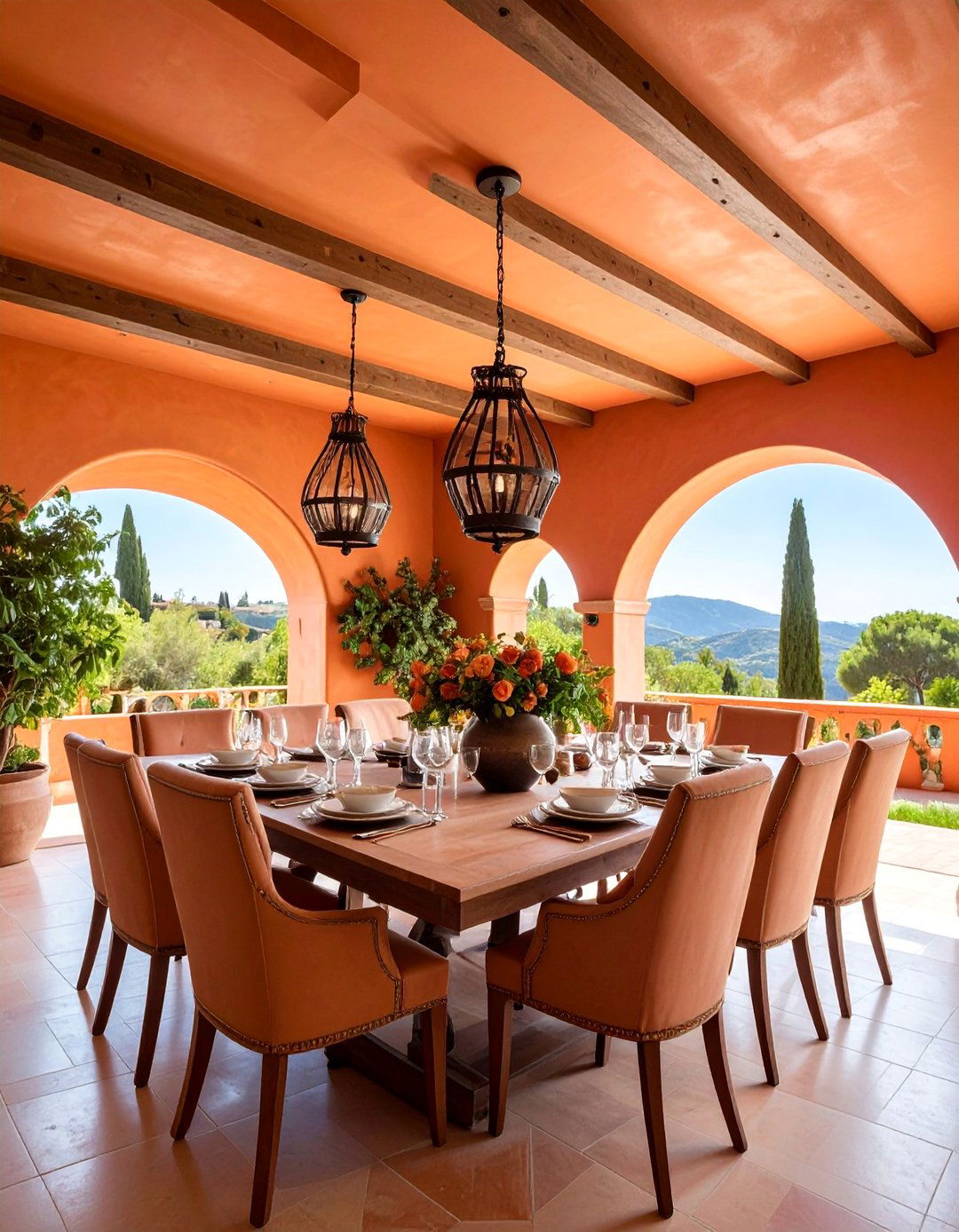
Warm Mediterranean influences inspire reverse tray ceiling designs featuring terra cotta paint colors, wrought iron details, and earthy materials that evoke Old World charm. The lowered center section painted in warm ochre, burnt sienna, or deep terracotta tones creates cozy intimacy while complementing stucco walls and tile flooring. Hand-forged iron light fixtures, decorative tiles, or painted murals can enhance the Mediterranean theme while maintaining authentic character. This design works exceptionally well in dining rooms, kitchens, or outdoor covered patios where warm, inviting atmospheres are desired. Natural materials like clay tiles, exposed stone, or distressed wood beams complement the earthy color palette while the reverse tray configuration provides intimate scale for conversation and dining activities.
13. Art Deco Reverse Tray Ceiling with Metallic Geometric Details

Glamorous Art Deco influences create sophisticated reverse tray ceiling designs featuring geometric metallic details, bold paint colors, and luxury materials that celebrate 1920s elegance. The lowered center section incorporates gold or silver leafing in geometric patterns while rich paint colors like deep emerald, sapphire blue, or burgundy create dramatic backgrounds. Stepped molding profiles, angular trim work, and symmetrical designs maintain the authentic Art Deco character while crystal or geometric light fixtures provide period-appropriate illumination. This approach works beautifully in formal dining rooms, master bedrooms, or entertainment spaces where glamorous sophistication is desired. The combination of metallic accents and bold colors creates luxury appeal while the reverse tray configuration maintains intimate scale perfect for elegant entertaining and relaxation.
14. Transitional Reverse Tray Ceiling with Mixed Material Finishes

Versatile transitional design approaches blend traditional and contemporary elements in reverse tray ceiling installations featuring mixed materials, neutral colors, and flexible styling options. The lowered center section might incorporate wood planks while surrounding areas feature painted finishes, creating subtle contrast without overwhelming the space. This approach allows for easy furniture style changes while maintaining architectural interest through the ceiling design. Neutral paint colors in warm grays, soft beiges, or creamy whites provide backdrop flexibility while simple molding profiles complement both traditional and modern furnishings. The design works exceptionally well in family rooms, dining areas, or master bedrooms where style flexibility is desired while maintaining sophisticated architectural character.
15. Victorian Reverse Tray Ceiling with Ornate Plaster Moldings

Historical Victorian influences inspire elaborate reverse tray ceiling designs featuring intricate plaster moldings, decorative medallions, and period-appropriate ornamental details. The lowered center section showcases elaborate plaster work while multiple layers of crown molding create complex shadow patterns and architectural richness. Traditional paint colors in deep burgundy, forest green, or navy blue complement the ornate molding while providing authentic Victorian character. Vintage crystal chandeliers or period-inspired lighting fixtures enhance the historical aesthetic while providing adequate illumination. This approach works exceptionally well in formal dining rooms, library spaces, or master bedrooms where authentic period character is desired. The combination of elaborate plaster work and rich colors creates luxury appeal while the reverse tray configuration maintains intimate scale appropriate for Victorian-era room proportions.
16. Modern Farmhouse Reverse Tray Ceiling with Shiplap and Black Accents
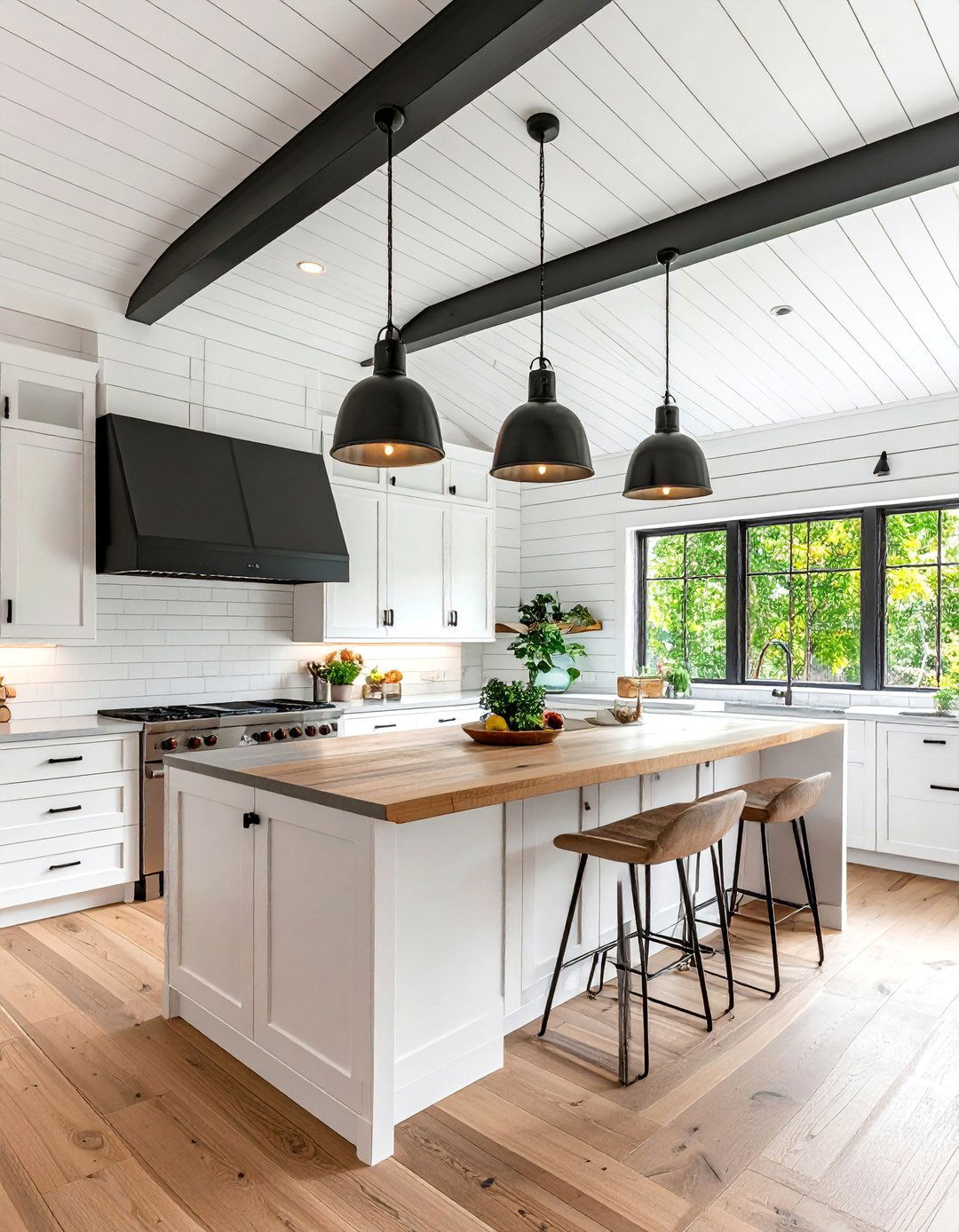
Contemporary farmhouse style emerges through reverse tray ceiling designs featuring white shiplap planks, black metal accents, and clean-lined simplicity that balances rustic and modern elements. The lowered center section incorporates horizontal shiplap while black metal trim or exposed beams provide contemporary contrast. This approach maintains the farmhouse aesthetic while incorporating modern sensibilities through color choices and material combinations. Black pendant lights or industrial-inspired chandeliers complement the mixed material approach while providing practical illumination. The design works exceptionally well in kitchens, dining areas, or great rooms where casual elegance is desired. Neutral paint colors and natural materials create relaxed atmospheres while the reverse tray configuration provides intimate scale perfect for family gatherings and everyday living activities.
17. Luxury Master Bedroom Reverse Tray Ceiling with Fabric Panels
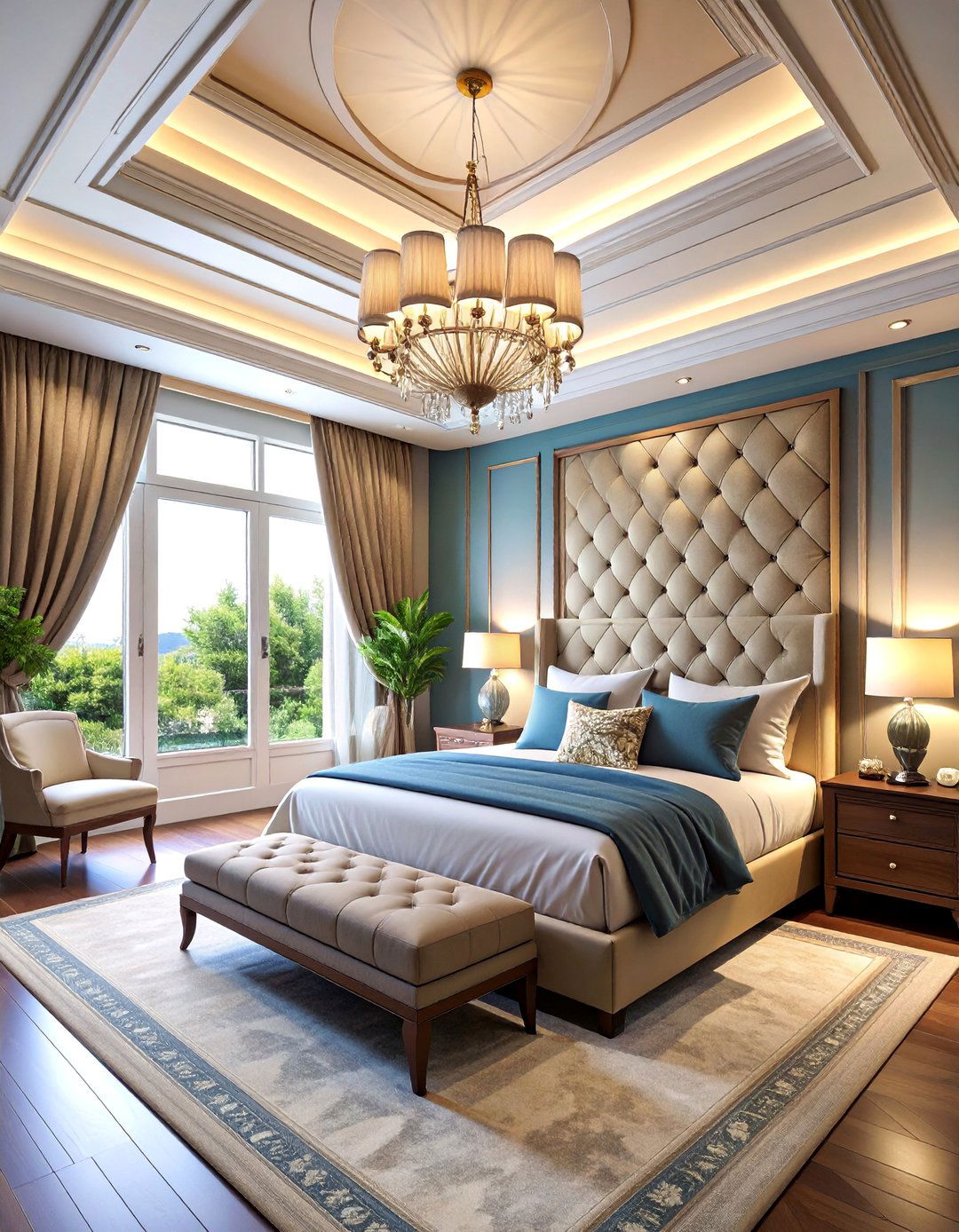
Sophisticated bedroom design incorporates reverse tray ceiling installations featuring upholstered fabric panels, tufted details, and luxury materials that create intimate, hotel-inspired atmospheres. The lowered center section showcases silk, velvet, or linen panels in rich colors while coordinating with bedding and window treatments for cohesive design. Padded or tufted fabric sections add textural richness while sound-absorbing qualities create peaceful sleeping environments. This approach works beautifully with traditional or contemporary bedroom furniture while providing opportunities for seasonal fabric changes. Sophisticated lighting options including cove lighting or elegant chandeliers complement the luxury materials while providing ambient illumination. The reverse tray configuration creates cozy intimacy perfect for relaxation while the fabric elements add softness and warmth to the sleeping space.
18. Kitchen Island Reverse Tray Ceiling with Task Lighting Integration
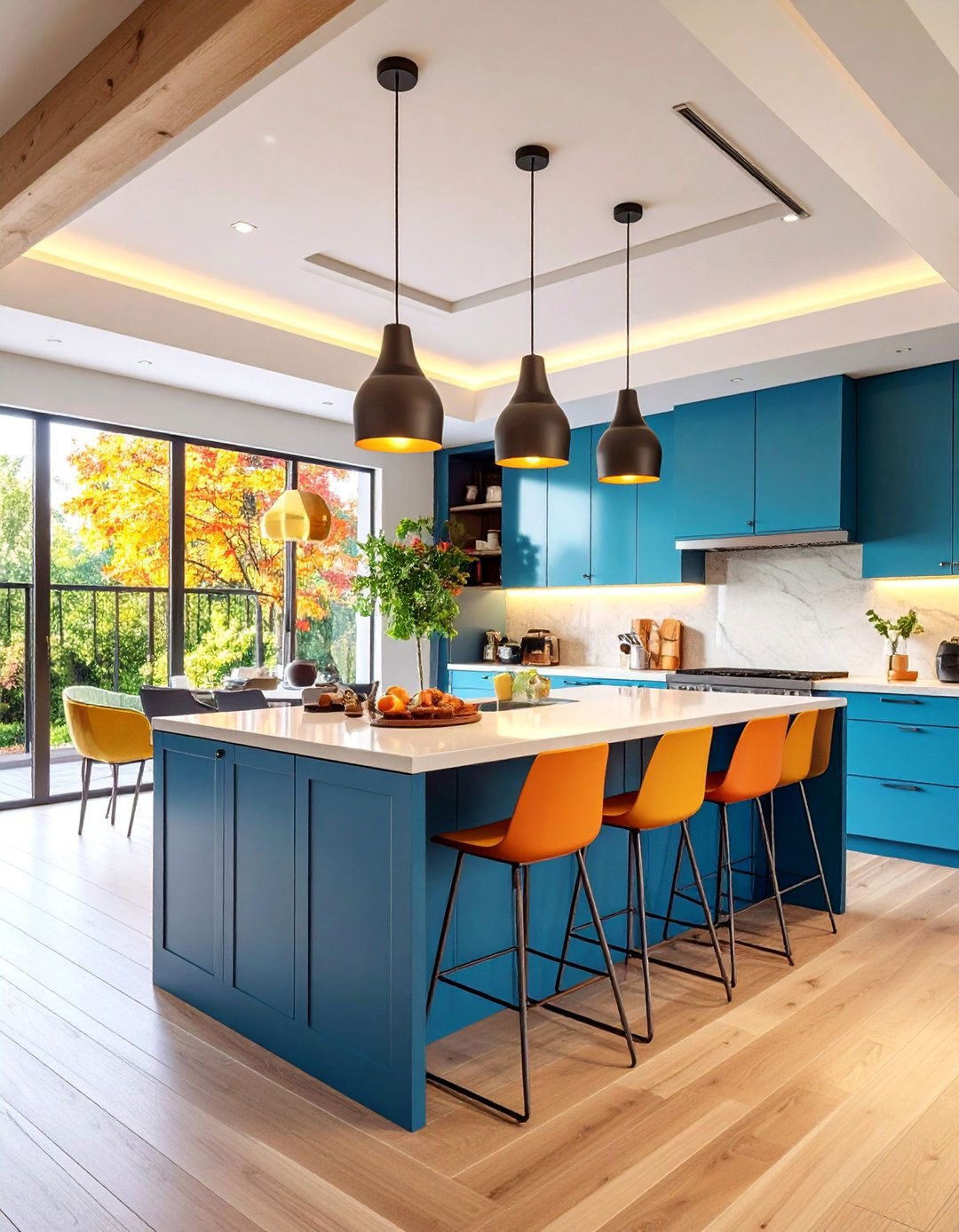
Functional kitchen design benefits from reverse tray ceiling installations positioned directly over island workspaces, incorporating task lighting and practical design elements that enhance cooking activities. The lowered center section provides perfect placement for pendant lights, track lighting, or linear LED fixtures while creating defined workspace boundaries. This approach works exceptionally well with large kitchen islands where focused illumination is essential for food preparation and casual dining. The ceiling design can incorporate wood planks, painted finishes, or decorative tiles while maintaining easy cleaning and maintenance requirements. The reverse tray configuration creates intimate scale for family interactions while providing practical lighting solutions that enhance both functionality and aesthetic appeal in contemporary kitchen environments.
19. Entertainment Room Reverse Tray Ceiling with Surround Sound Integration
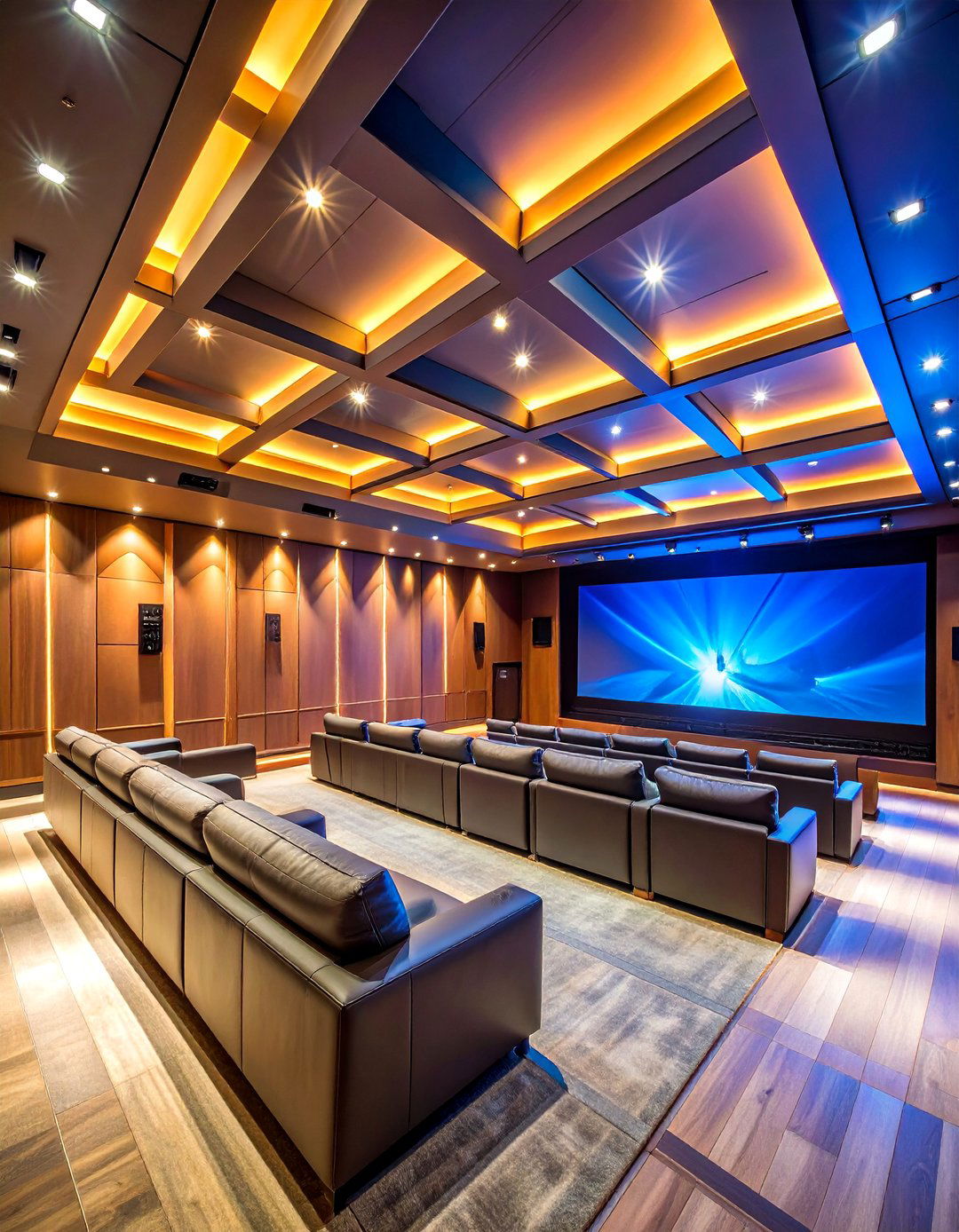
Home theater and entertainment space design incorporates reverse tray ceiling installations featuring integrated surround sound systems, acoustic materials, and media-friendly lighting options. The lowered center section provides ideal placement for projector equipment while hidden speakers maintain clean aesthetic lines. Acoustic panels or sound-absorbing materials can be incorporated within the ceiling design while maintaining attractive appearance through fabric wrapping or decorative treatments. Dimmable lighting systems allow for movie viewing while maintaining enough illumination for safety and comfort. This approach works exceptionally well in basement entertainment areas, dedicated media rooms, or great room spaces where audio-visual equipment integration is desired. The reverse tray configuration creates intimate scale perfect for entertainment while providing practical solutions for modern technology requirements.
20. Dining Room Reverse Tray Ceiling with Wine Storage Display

Sophisticated dining room design incorporates reverse tray ceiling installations featuring integrated wine storage display areas, glass panels, and temperature-controlled environments that celebrate wine culture. The lowered center section can accommodate climate-controlled wine storage while glass panels allow display of bottle collections. LED lighting systems highlight wine collections while providing ambient dining illumination through multiple lighting zones. This approach works exceptionally well in formal dining rooms or wine cellar areas where entertaining and wine appreciation are priorities. The ceiling design maintains elegant appearance while providing practical storage solutions that become decorative focal points. The reverse tray configuration creates intimate dining scale while showcasing wine collections as artistic elements within the overall design scheme.
21. Guest Bedroom Reverse Tray Ceiling with Reading Nook Integration

Thoughtful guest bedroom design incorporates reverse tray ceiling installations that define sleeping areas while creating cozy reading nooks or sitting areas within the same space. The lowered center section positioned over the bed area creates intimate sleeping zones while extended ceiling areas accommodate comfortable seating arrangements. This approach maximizes space efficiency while providing guests with multiple activity zones within single rooms. Flexible lighting options including reading lights, ambient lighting, and accent illumination support various activities throughout the day. The design works exceptionally well in smaller guest rooms where space optimization is essential while maintaining comfort and functionality. The reverse tray configuration creates defined zones while maintaining open feeling throughout the space.
22. Open Concept Reverse Tray Ceiling with Zone Definition
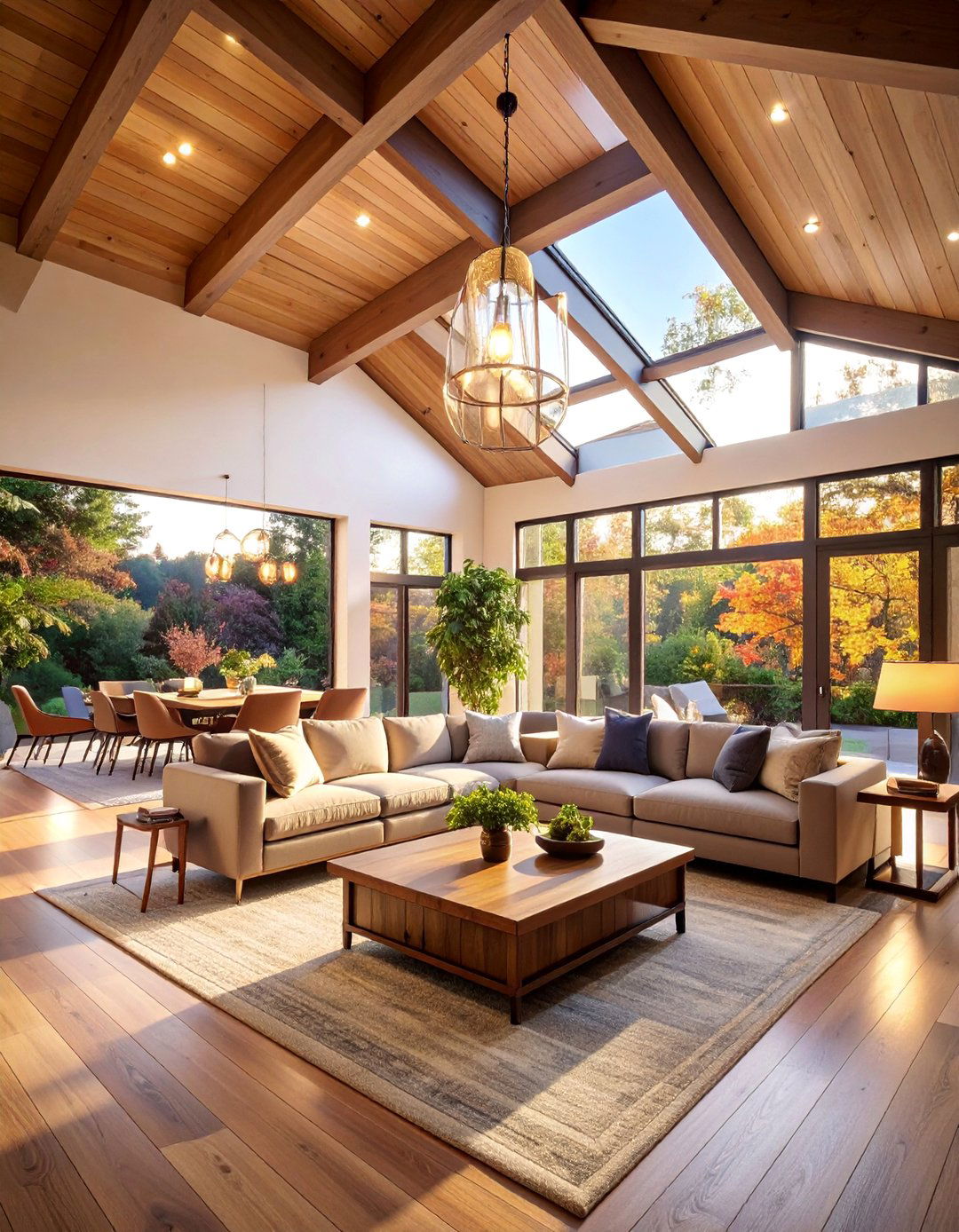
Contemporary open-concept living benefits from reverse tray ceiling installations that define specific activity zones while maintaining spatial flow between kitchen, dining, and living areas. Strategic placement of lowered sections creates subtle boundaries without physical walls while maintaining sightlines throughout the space. Different lighting options within each zone support various activities while coordinating materials and colors maintain design cohesion. This approach works exceptionally well in great rooms or loft spaces where zone definition is desired without sacrificing open feeling. The ceiling design can incorporate different materials or colors within each zone while maintaining overall design harmony through consistent trim work and proportional relationships. The reverse tray configuration creates intimate scale within larger spaces while supporting modern lifestyle requirements.
23. Outdoor Covered Patio Reverse Tray Ceiling with Weather Protection

Outdoor living space design incorporates reverse tray ceiling installations featuring weather-resistant materials, integrated drainage systems, and climate-appropriate finishes that extend indoor comfort to exterior environments. The lowered center section provides protection from weather while ceiling fans or misting systems can be integrated for climate control. Weather-resistant materials like painted aluminum, composite planks, or marine-grade finishes ensure longevity while maintaining attractive appearance through seasonal changes. Outdoor-rated lighting systems provide evening illumination while supporting entertainment activities. This approach works exceptionally well for covered patios, pergolas, or outdoor kitchen areas where weather protection and comfort are essential. The reverse tray configuration creates intimate outdoor rooms while providing practical solutions for climate control and weather protection.
24. Bathroom Spa Reverse Tray Ceiling with Moisture Control Features

Luxury bathroom design incorporates reverse tray ceiling installations featuring moisture-resistant materials, integrated ventilation systems, and spa-inspired atmospheric elements. The lowered center section positioned over soaking tubs or shower areas provides intimate scale while incorporating exhaust fans or humidity control systems. Moisture-resistant materials like painted metal panels, marine-grade finishes, or specialized bathroom tiles ensure longevity while maintaining beautiful appearance. Integrated lighting systems including color-changing LEDs or dimmable options create spa-like atmospheres for relaxation and self-care activities. This approach works exceptionally well in master bathroom suites where luxury and functionality are equally important. The reverse tray configuration creates intimate spa environments while providing practical solutions for moisture control and air circulation requirements.
25. Home Office Reverse Tray Ceiling with Technology Integration

Professional home office design incorporates reverse tray ceiling installations featuring integrated technology systems, acoustic treatments, and productivity-enhancing environmental controls. The lowered center section provides ideal placement for video conferencing equipment while sound-absorbing materials create optimal acoustic environments for virtual meetings. Cable management systems and equipment mounting solutions maintain clean aesthetic lines while supporting modern technology requirements. Adjustable lighting systems accommodate computer work while providing adequate illumination for reading and writing activities. This approach works exceptionally well in dedicated office spaces where professional appearance and technological functionality are essential. The reverse tray configuration creates focused work environments while providing practical solutions for modern business communication and productivity requirements.
Conclusion:
Reverse tray ceilings represent versatile architectural elements that successfully transform ordinary rooms into sophisticated spaces with enhanced character and functionality. These inverted ceiling designs offer endless customization opportunities through materials, colors, lighting, and technological integration while creating intimate atmospheres perfect for modern living. From rustic wood treatments to contemporary LED installations, reverse tray ceilings adapt beautifully to various design styles while providing practical solutions for lighting, acoustics, and space definition. Whether installed in bedrooms, dining rooms, entertainment spaces, or outdoor areas, these ceiling treatments serve as striking focal points that demonstrate attention to architectural detail and design sophistication.



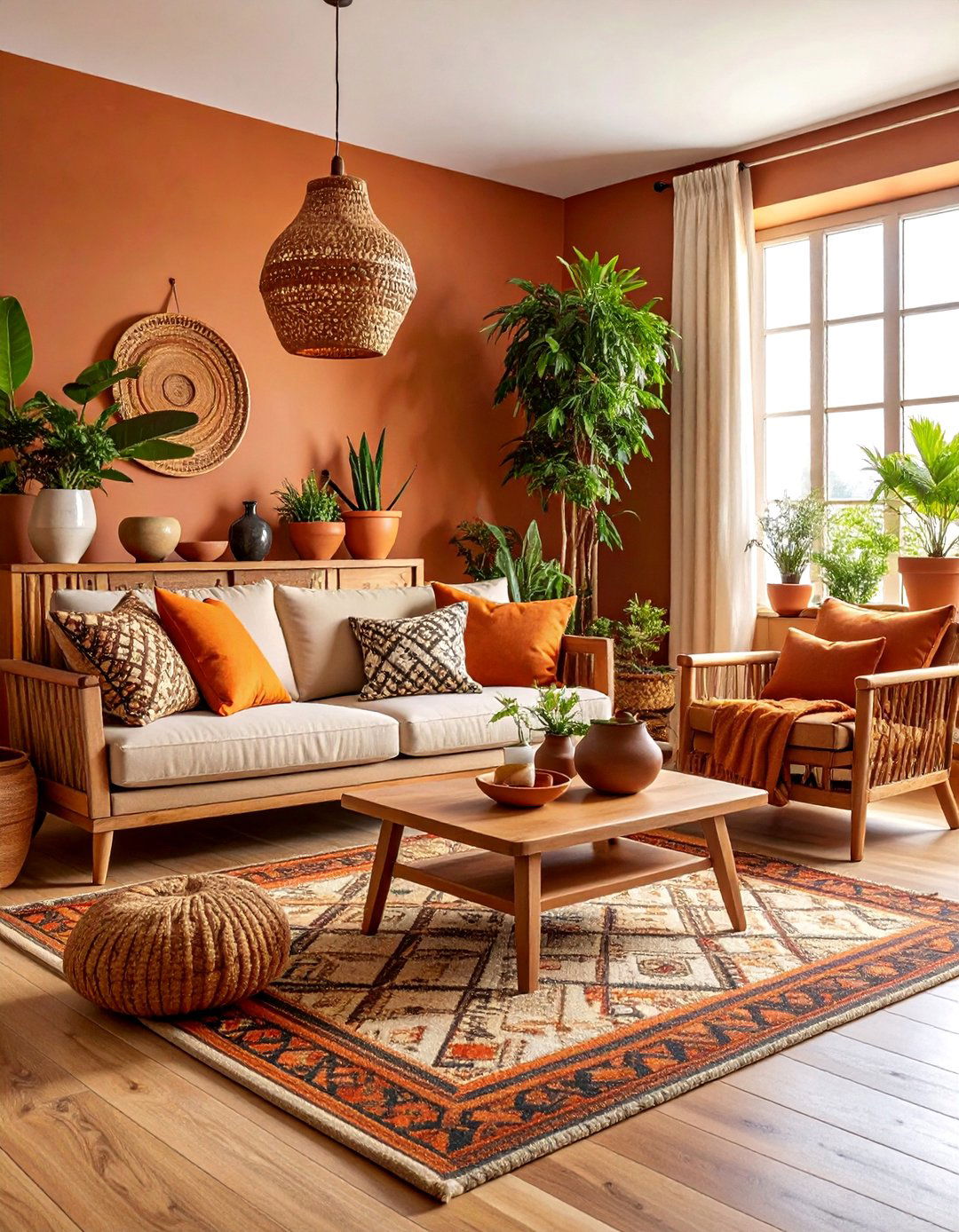
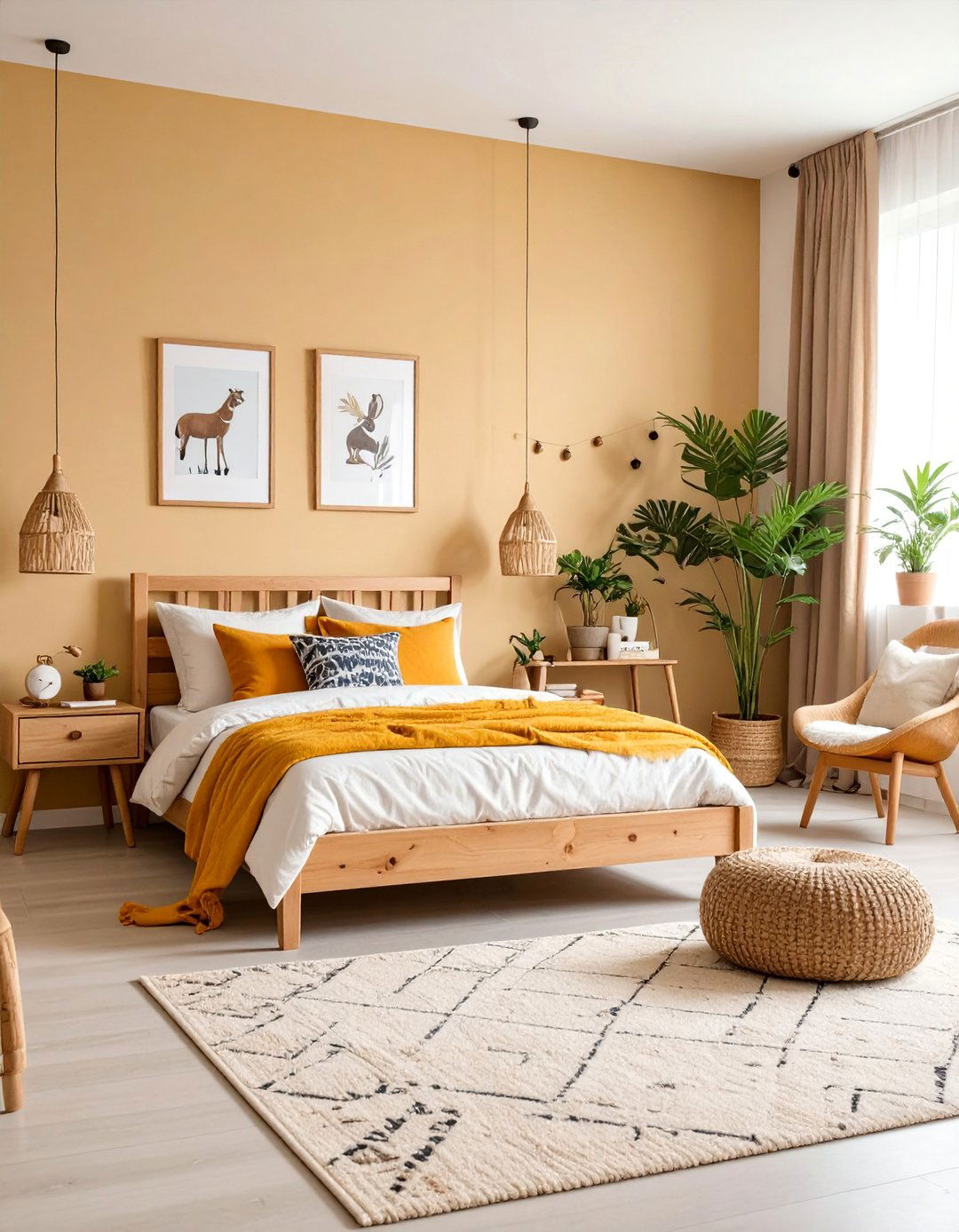
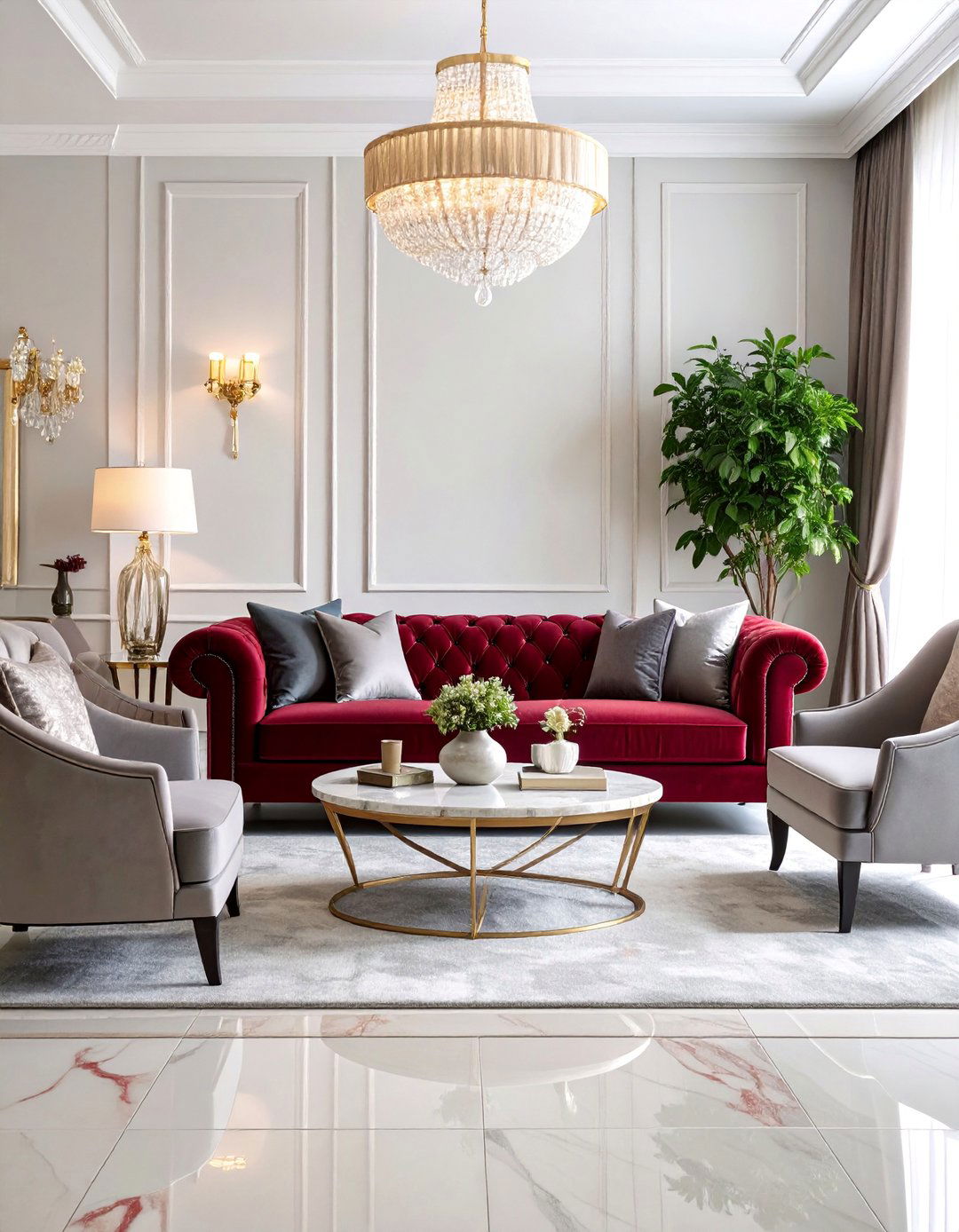
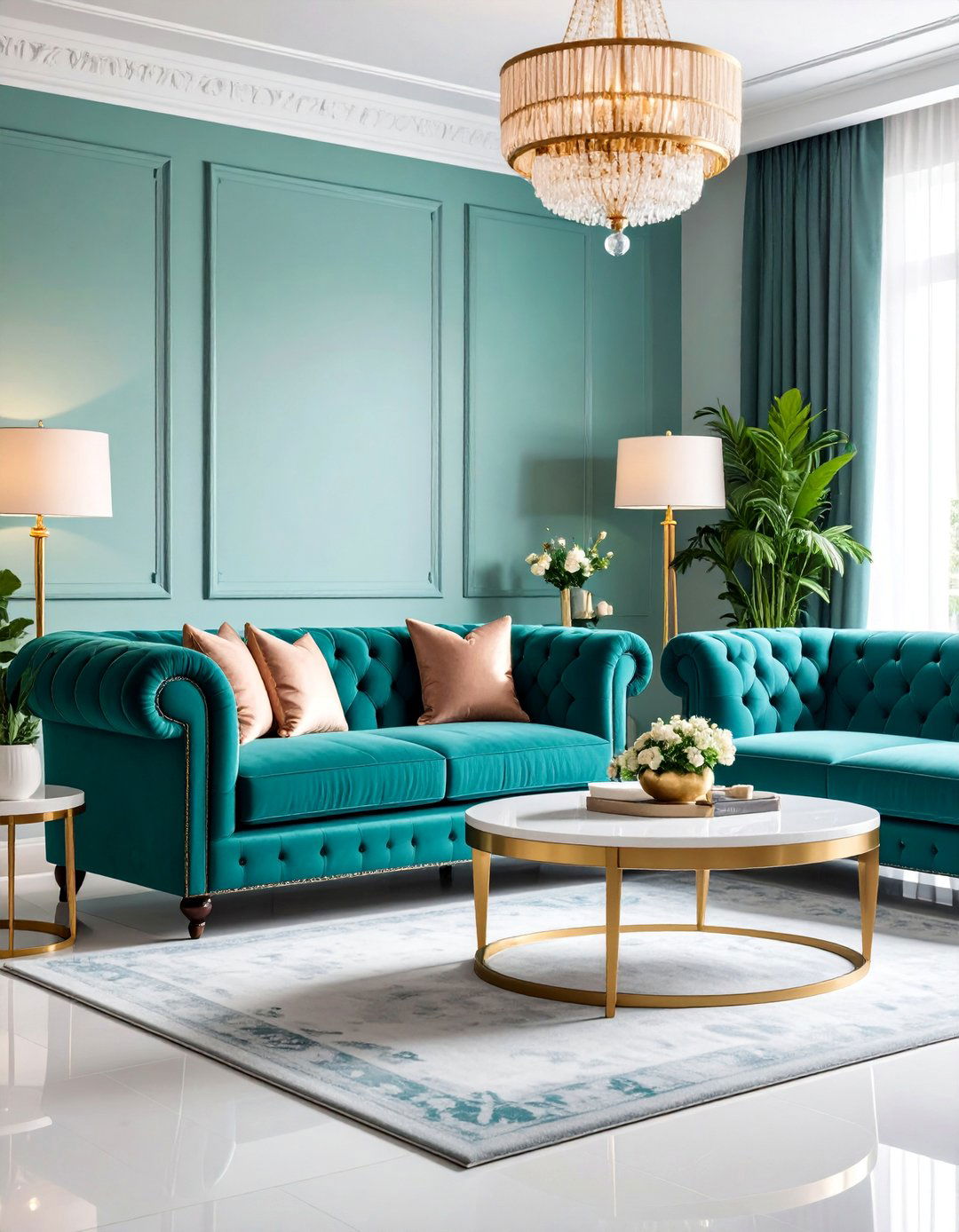
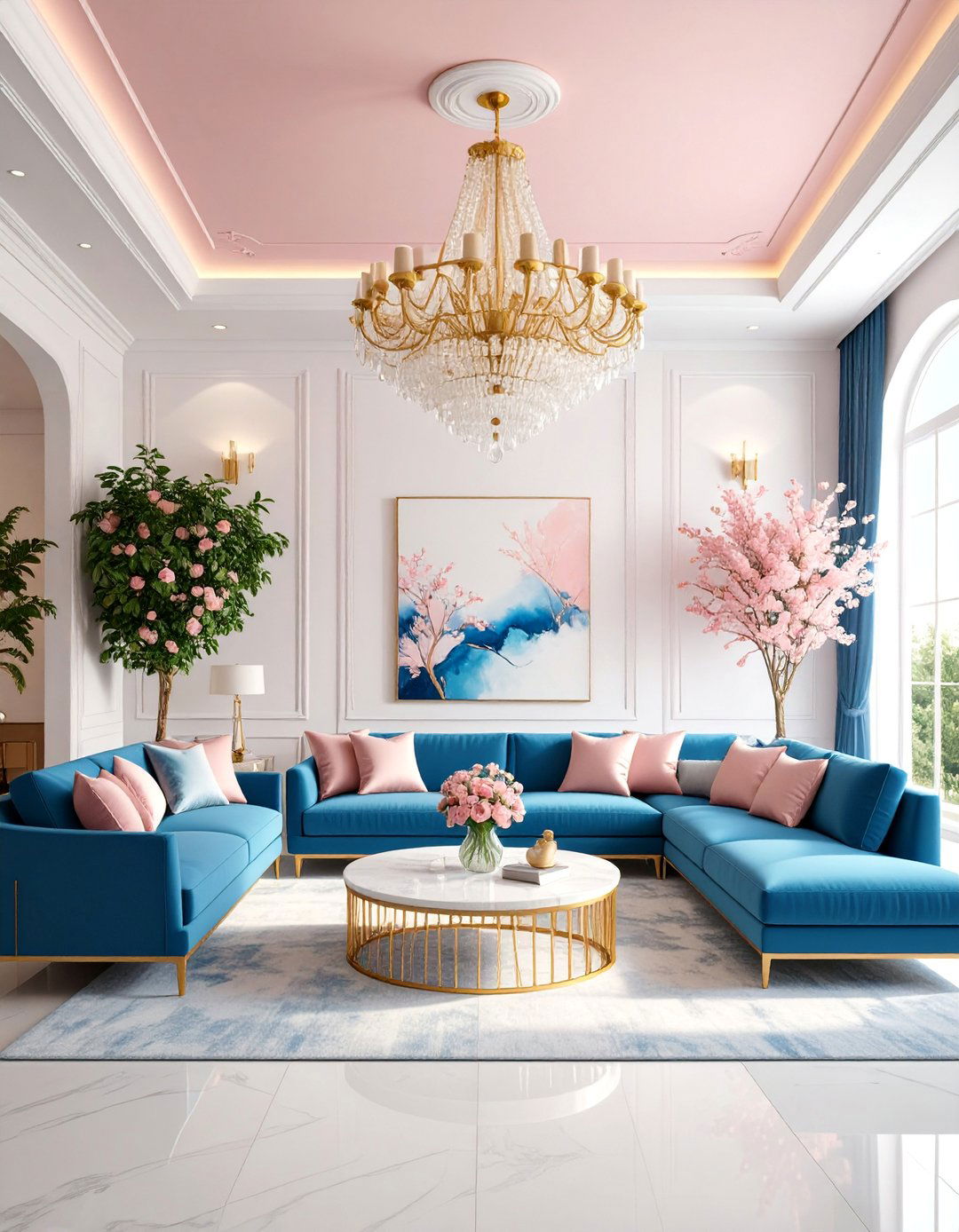
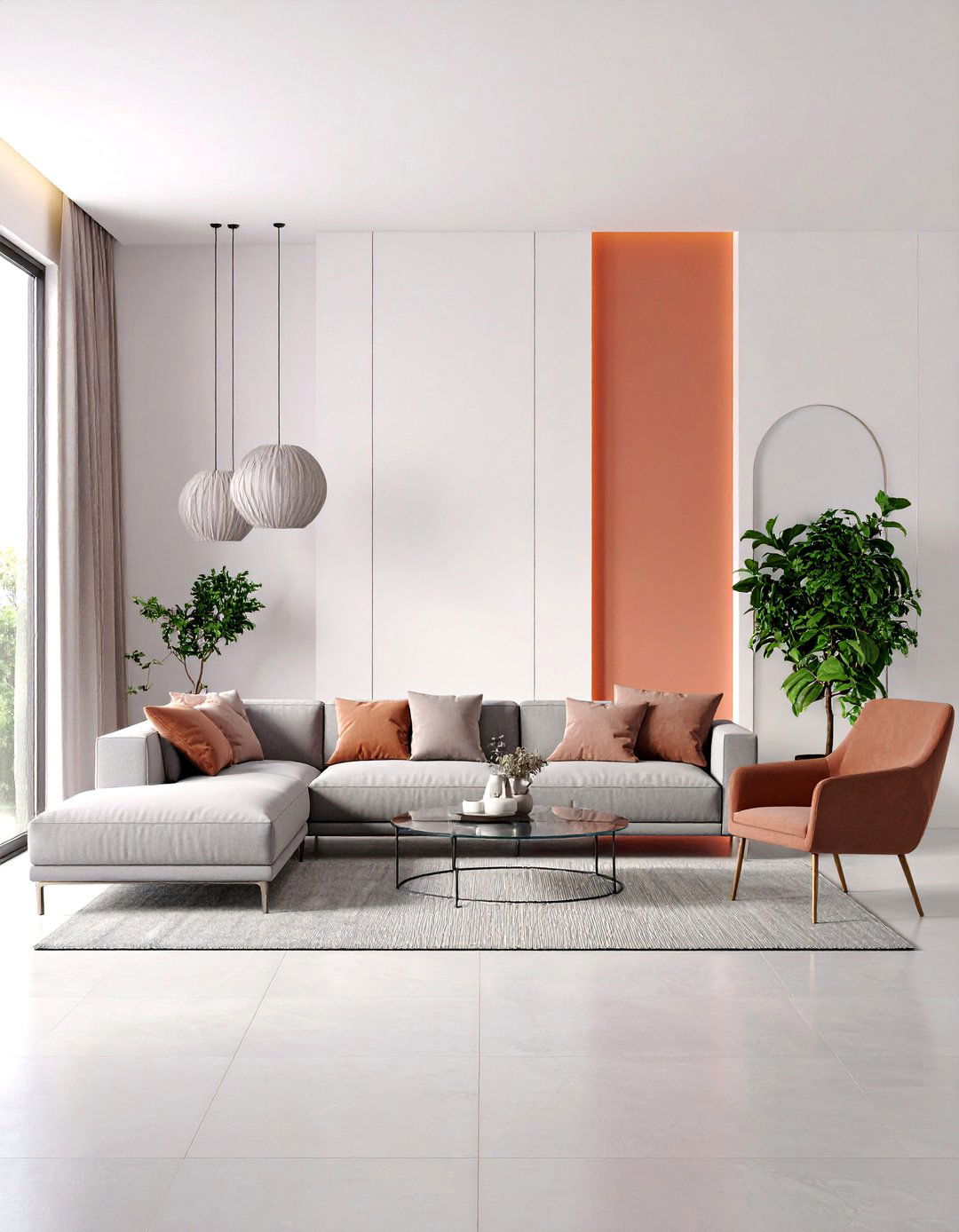

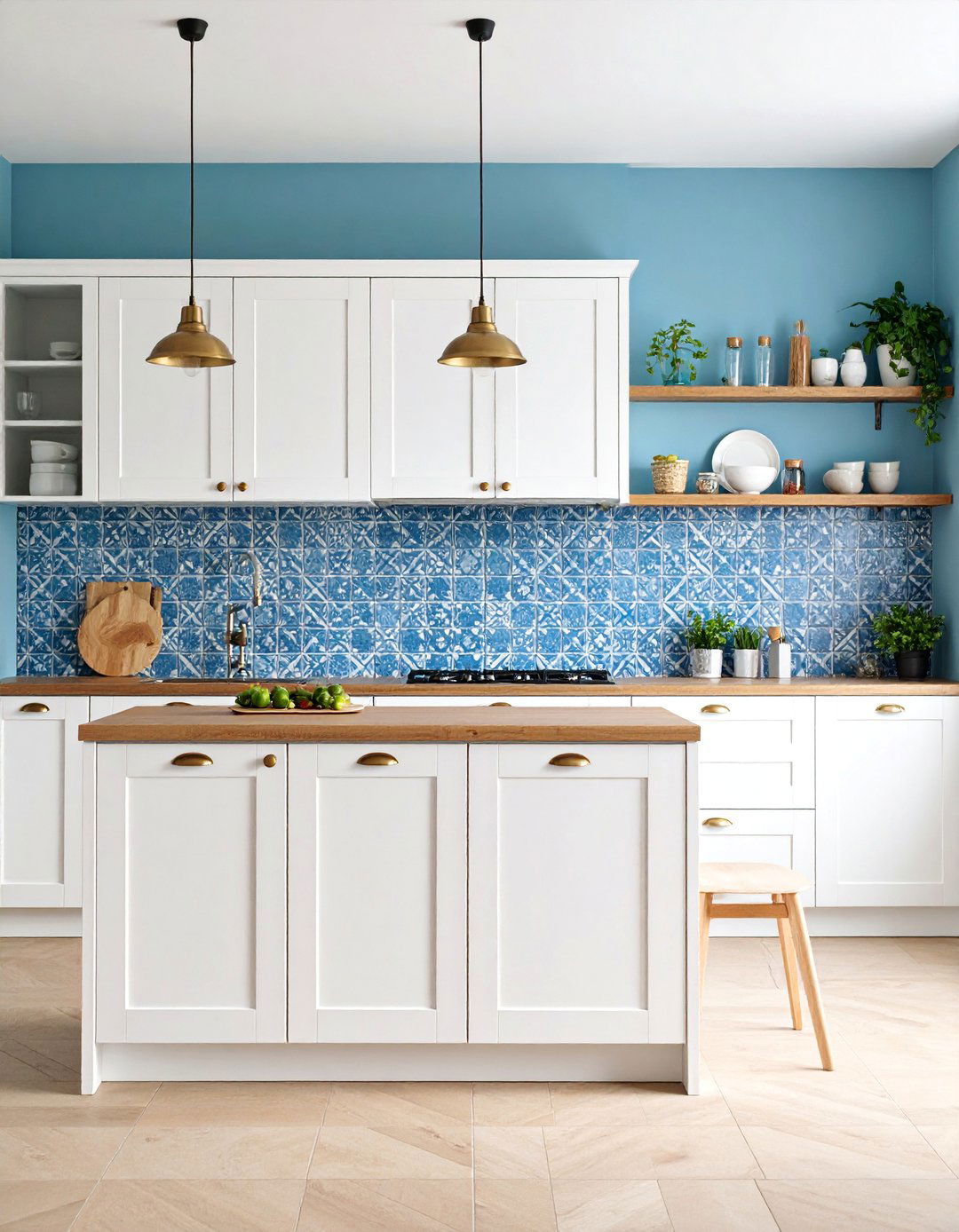
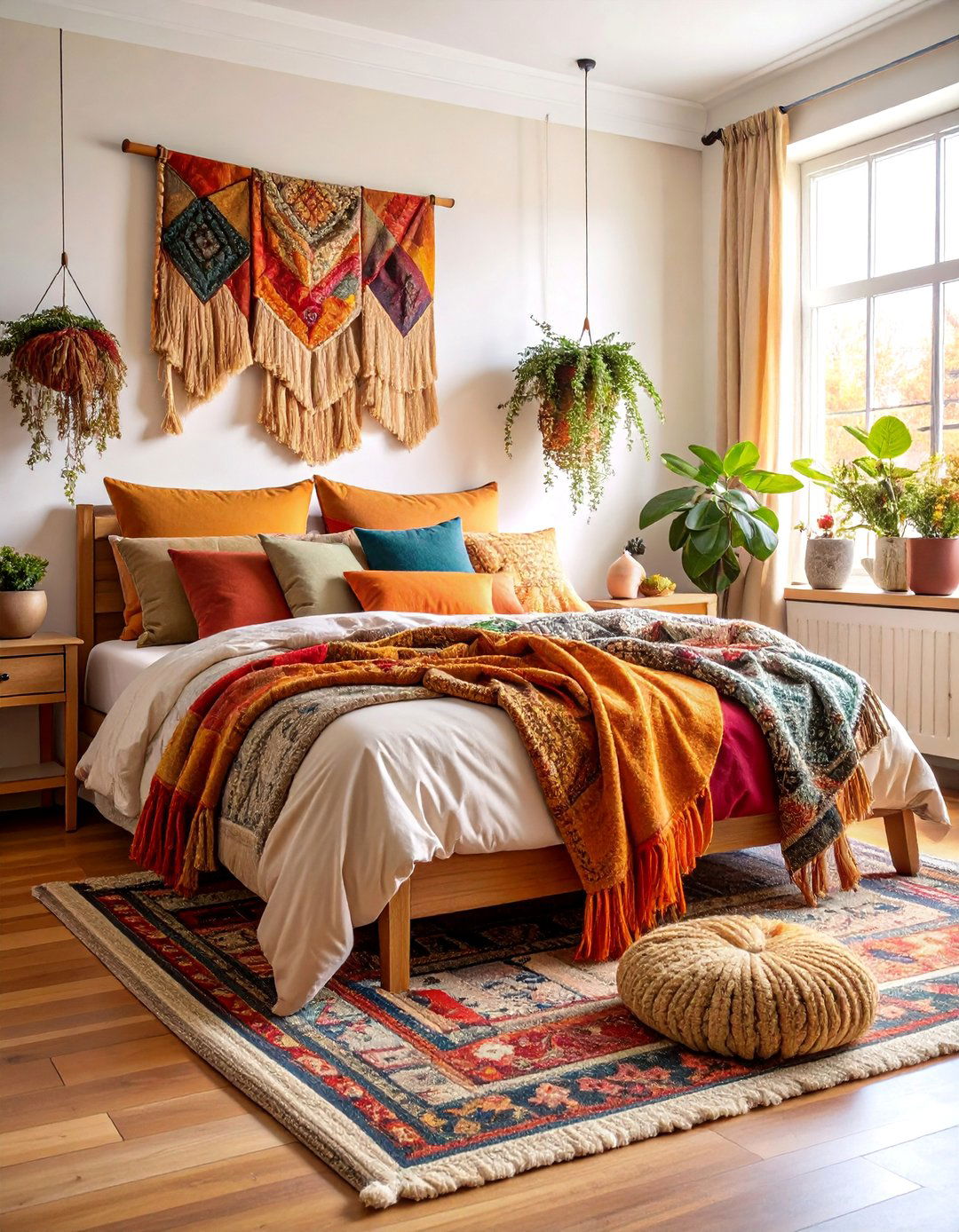

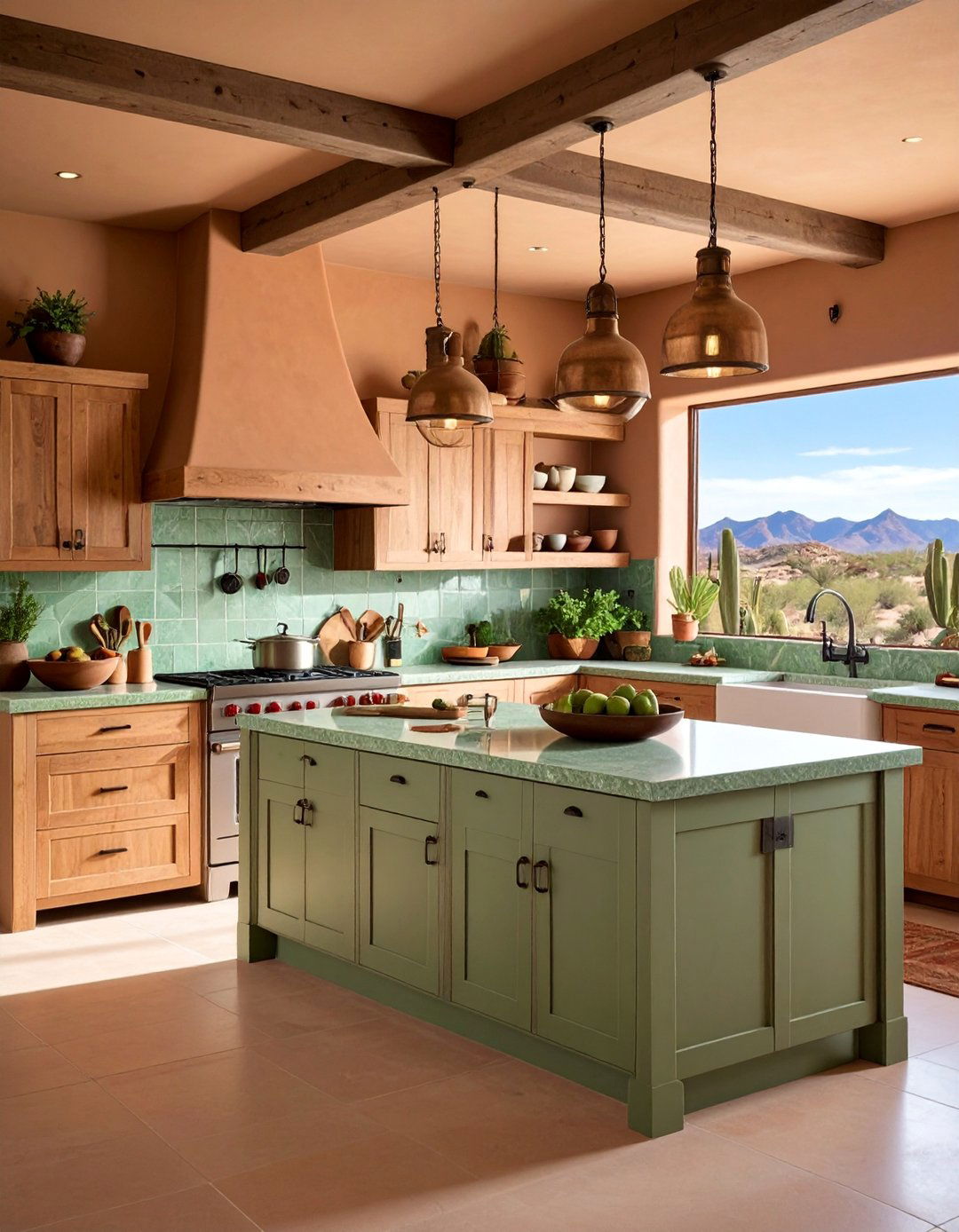


Leave a Reply